The history of coast to coast travel in America
Traveling coast to coast in America is a journey that captures the imagination of many adventurers. Whether you’re starting from the golden beaches of the West Coast or the bustling cities of the East, the diversity of landscapes and cultures along the way is mesmerizing.
This journey not only spans vast distances but also offers a glimpse into the country’s rich history and evolution over the years. From plains to mountains, and deserts to forests, each mile tells a story.
Early Explorations and Expeditions
![[redacted] Guiding the Lewis And Clark Expedition by Alfred Russell](https://media.tellmebest.com/wp-content/uploads/2023/08/sacajawea-guiding-the-lewis-and-clark-expedition-by-alfred-russell-17252.jpeg)
The earliest coast-to-coast explorations in America were led by intrepid explorers like Lewis and Clark in the early 1800s. Commissioned by President Thomas Jefferson, their expedition aimed to map the newly acquired Louisiana Territory.
The journey took them over 8,000 miles and provided invaluable insights into the geography of the land. These early expeditions paved the way for future explorers and settlers, uncovering the vast potential of the American frontier.
The Era of Wagon Trains and the Oregon Trail
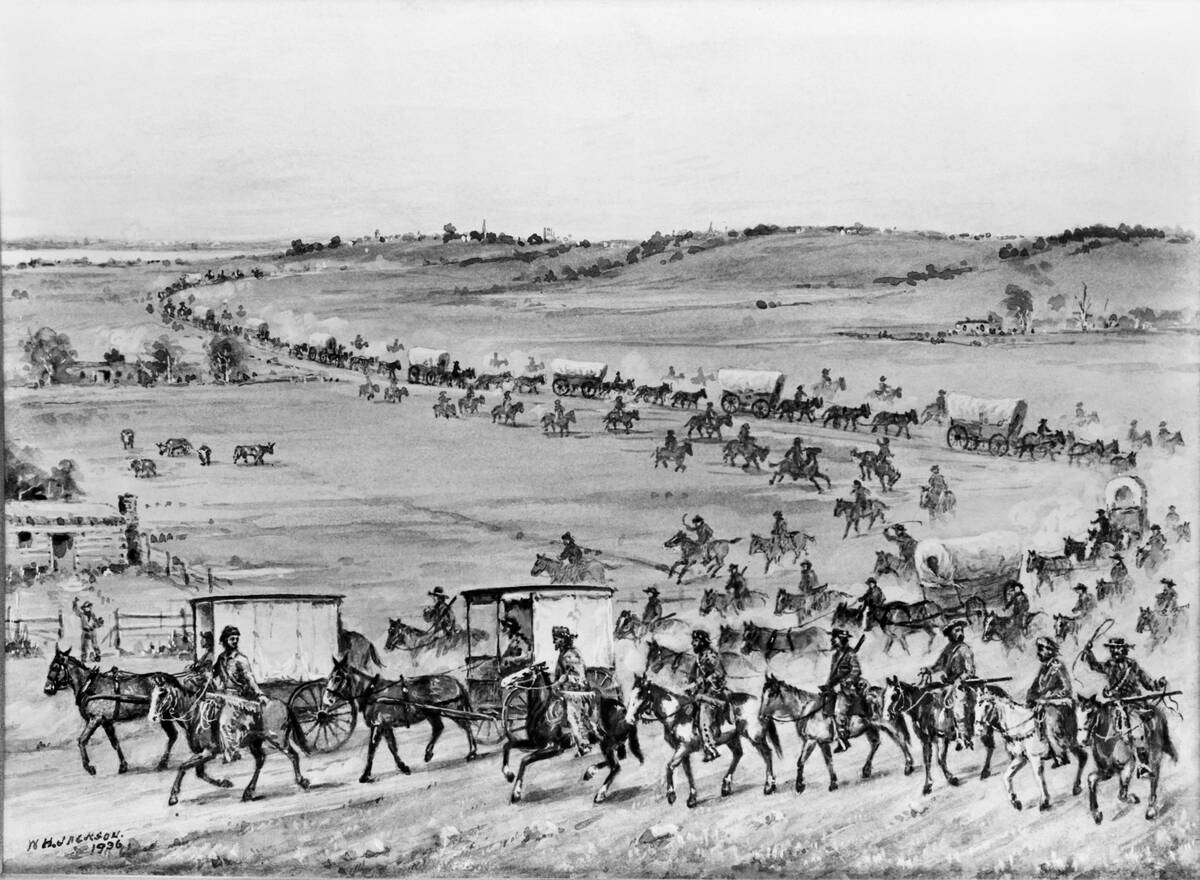
In the mid-1800s, the Oregon Trail became a symbol of hope and opportunity for pioneers seeking new beginnings. Spanning approximately 2,000 miles, this route was traveled by thousands of settlers in covered wagons, drawn by oxen.
The journey was perilous, with threats from disease, weather, and rough terrain. Yet, the promise of fertile land in the West drove many to embark on this arduous trek, forever changing the American landscape.
The Advent of the Transcontinental Railroad
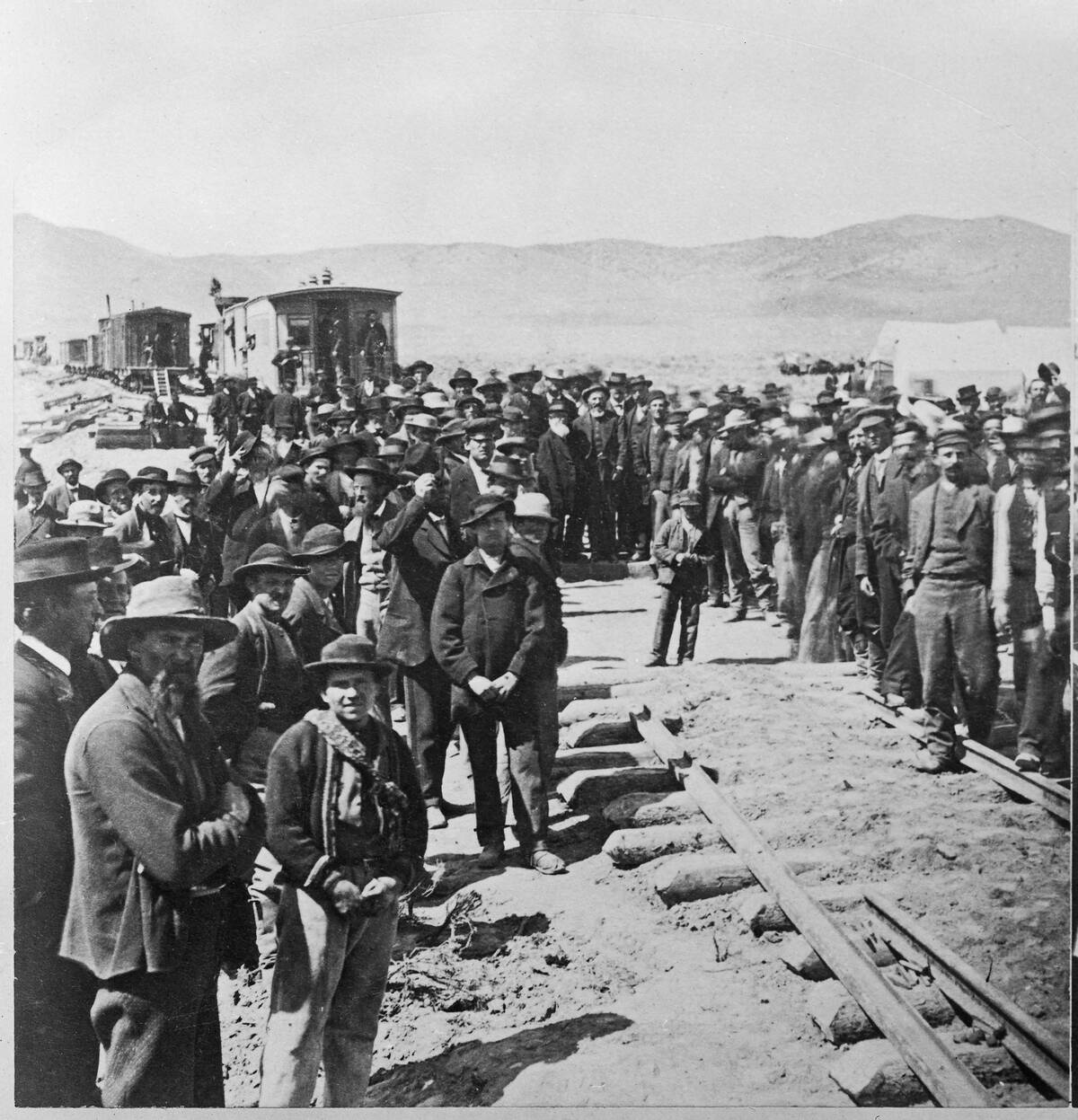
The completion of the Transcontinental Railroad in 1869 revolutionized coast-to-coast travel in America. For the first time, it was possible to traverse the continent in just days instead of months.
The railroad connected the existing Eastern U.S. rail network at Omaha, Nebraska with the Pacific coast at Oakland Long Wharf on San Francisco Bay. This feat of engineering not only facilitated commerce and settlement but also unified the nation in an unprecedented way.
The Golden Age of Train Travel
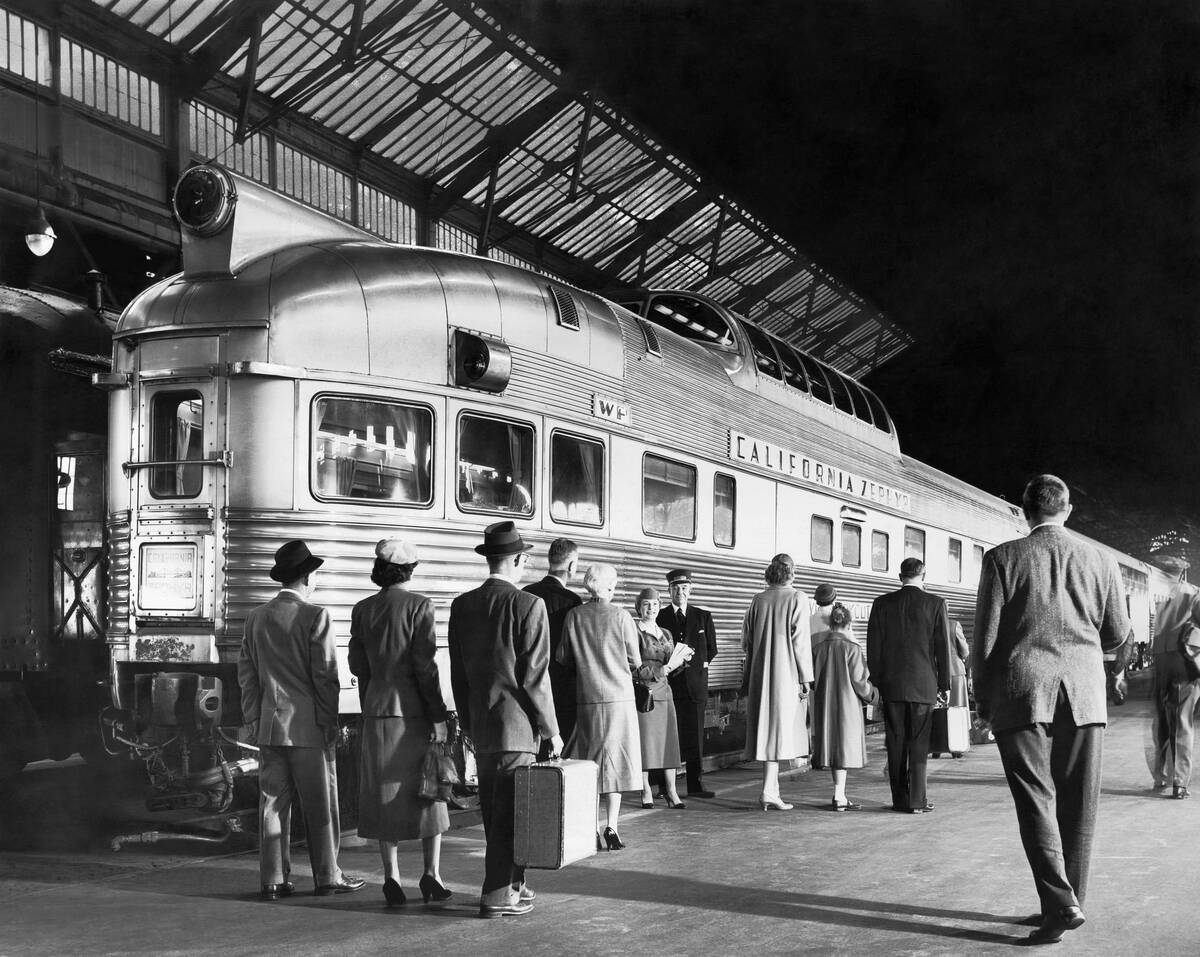
Train travel reached its zenith in the early 20th century, offering luxurious and efficient means of crossing the country. Iconic trains like the California Zephyr and the Super Chief became synonymous with elegance and adventure.
Passengers could enjoy fine dining, comfortable sleeping cars, and breathtaking views. This era marked a time when train travel was not just about reaching a destination but about enjoying the journey itself.
The Emergence of Automobile Adventures
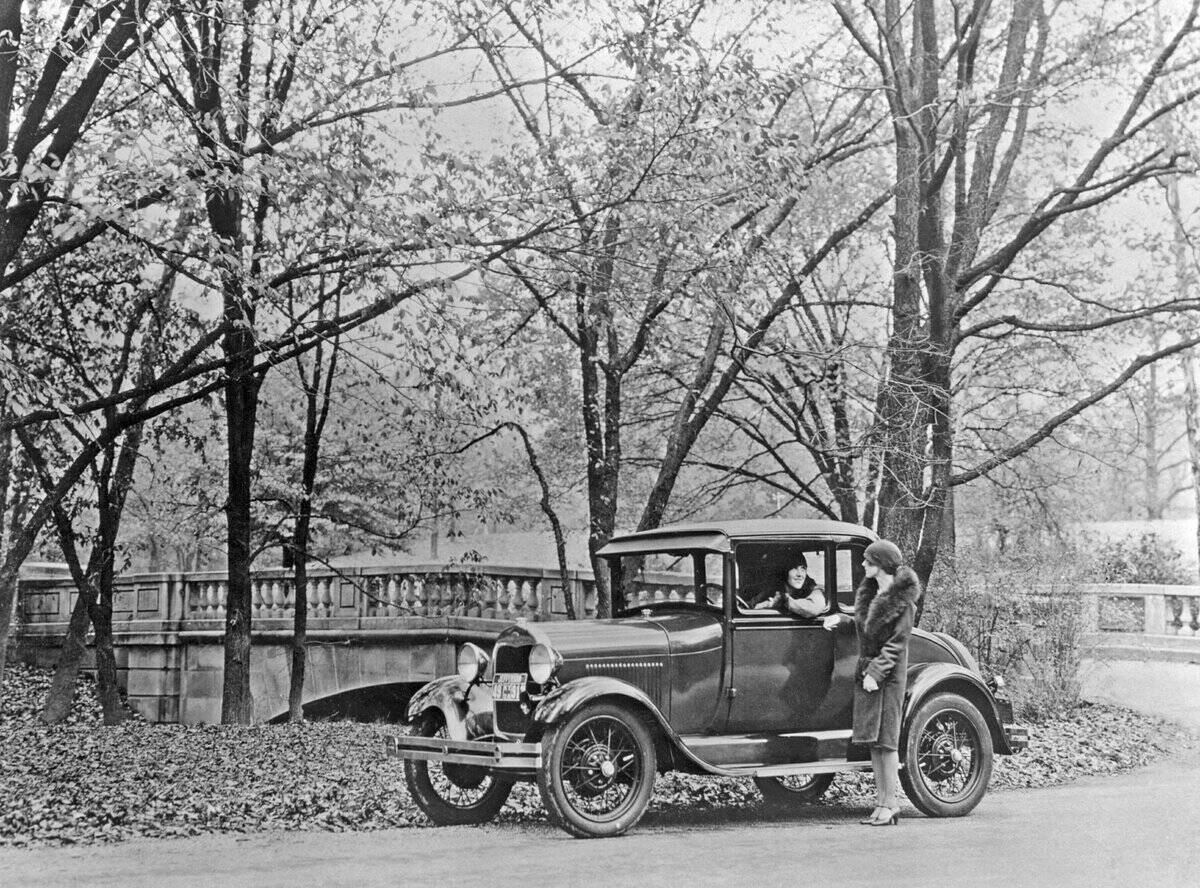
With the invention of the automobile in the late 19th century, a new era of travel began. Cars offered unprecedented freedom and flexibility, allowing travelers to explore at their own pace.
The early 20th century saw road trips become a popular pastime, with families packing up their Model Ts for cross-country adventures. The rise of the automobile also led to the development of roads and highways, making coast-to-coast travel more accessible than ever.
Route 66: America’s Mother Road
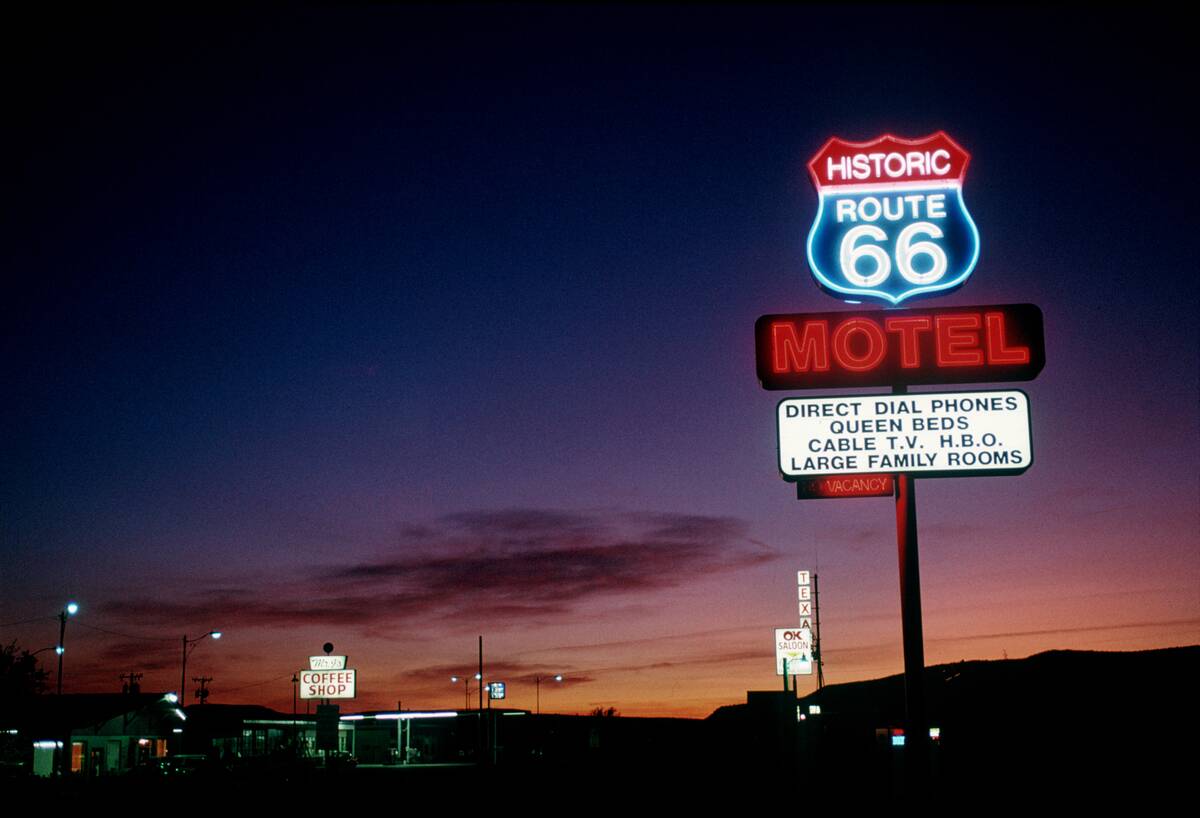
Route 66, established in 1926, became one of America’s most famous highways, stretching from Chicago to Santa Monica. Known as the “Mother Road,” it symbolized the spirit of adventure and freedom.
This iconic route passed through eight states and became a cultural landmark, inspiring songs, movies, and countless road trips. Although it was officially removed from the highway system in 1985, Route 66 remains a beloved symbol of American wanderlust.
The Rise of Long-Distance Bus Travel
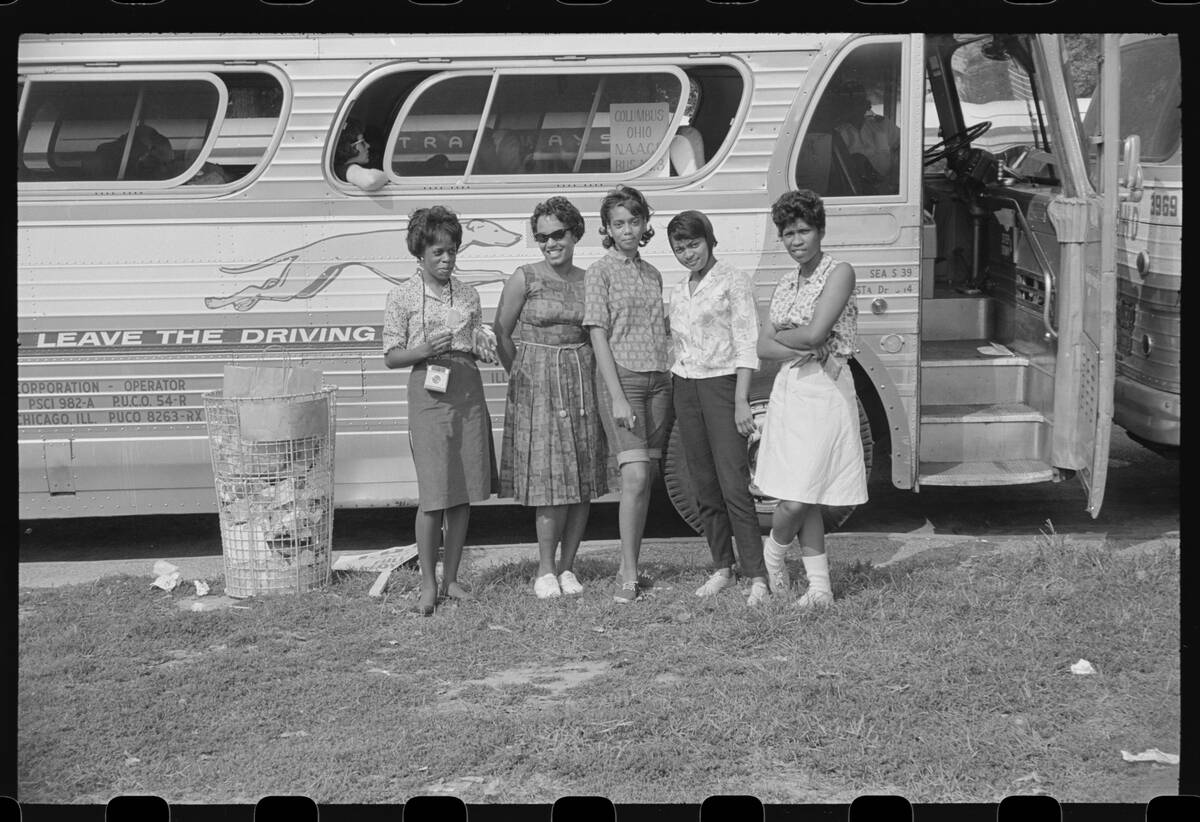
The 20th century saw the rise of long-distance bus travel, providing a budget-friendly option for coast-to-coast journeys. Companies like Greyhound and Trailways offered extensive networks across the country.
With comfortable seating and scenic routes, buses became a popular choice for those seeking adventure on a budget. This mode of travel offered a unique perspective on the American landscape, stopping in small towns and big cities alike.
The Evolution of Air Travel and the Jet Age
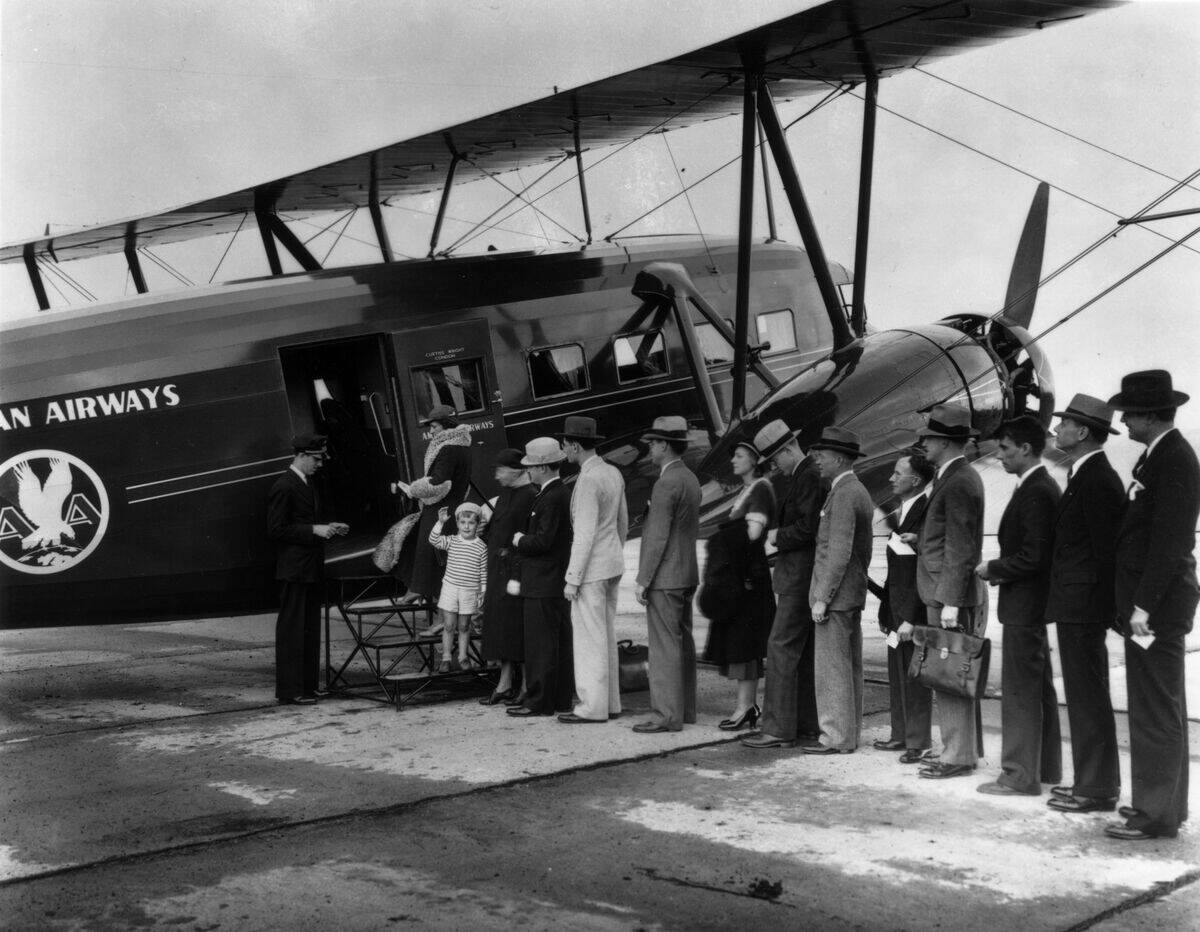
Air travel underwent a significant transformation with the advent of the Jet Age in the 1950s. The introduction of commercial jetliners like the Boeing 707 made coast-to-coast travel faster and more accessible.
What once took days by train or car could now be accomplished in mere hours. This revolutionized the way Americans traveled, making it feasible to live on one coast and work on the other, and reshaping the nation’s economy and culture.
Iconic Road Trips of the 20th Century
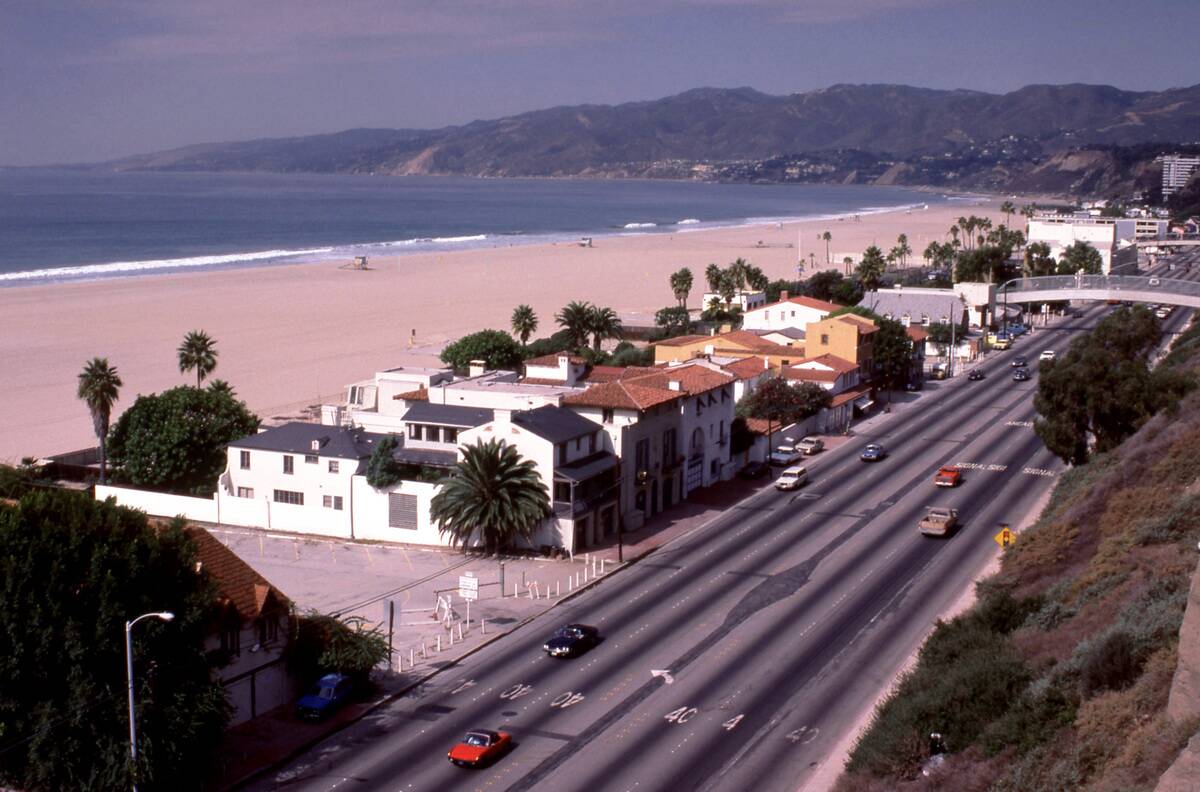
The 20th century was marked by iconic road trips that captured the imagination of adventurers. The Pacific Coast Highway, with its stunning ocean views, and the Great River Road, following the Mississippi River, offered breathtaking journeys.
These trips weren’t just about reaching a destination; they were about experiencing the diverse landscapes and cultures of America. These legendary routes continue to inspire travelers, promising adventure and discovery around every bend.
The Impact of Interstate Highways
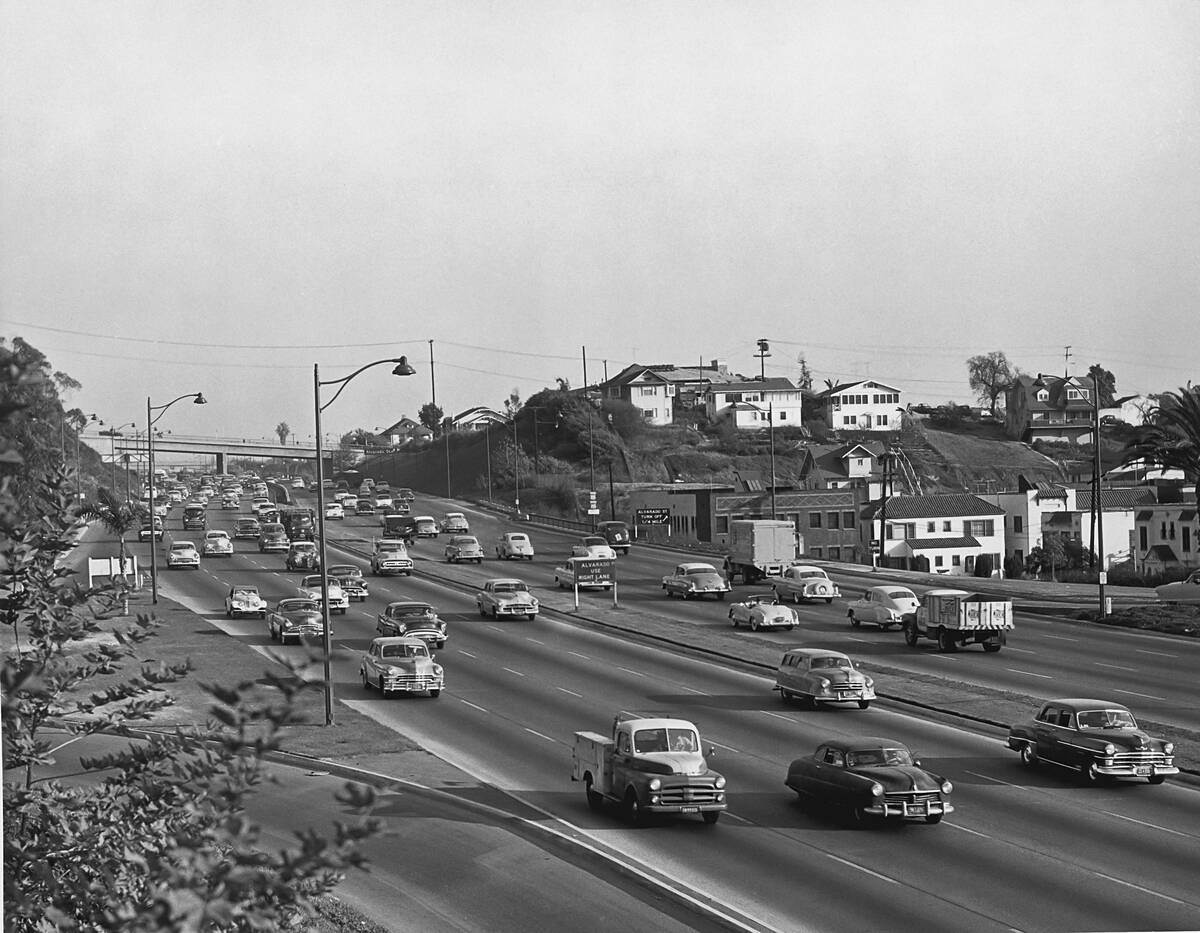
The creation of the Interstate Highway System in the 1950s transformed coast-to-coast travel, making it faster and more efficient. Spearheaded by President Dwight D. Eisenhower, the system was designed to facilitate military logistics but quickly became a vital part of civilian life.
The highways connected cities and states, spurring economic growth and making road trips more accessible. This network of roads remains a crucial part of America’s infrastructure.
Technological Advances in Travel
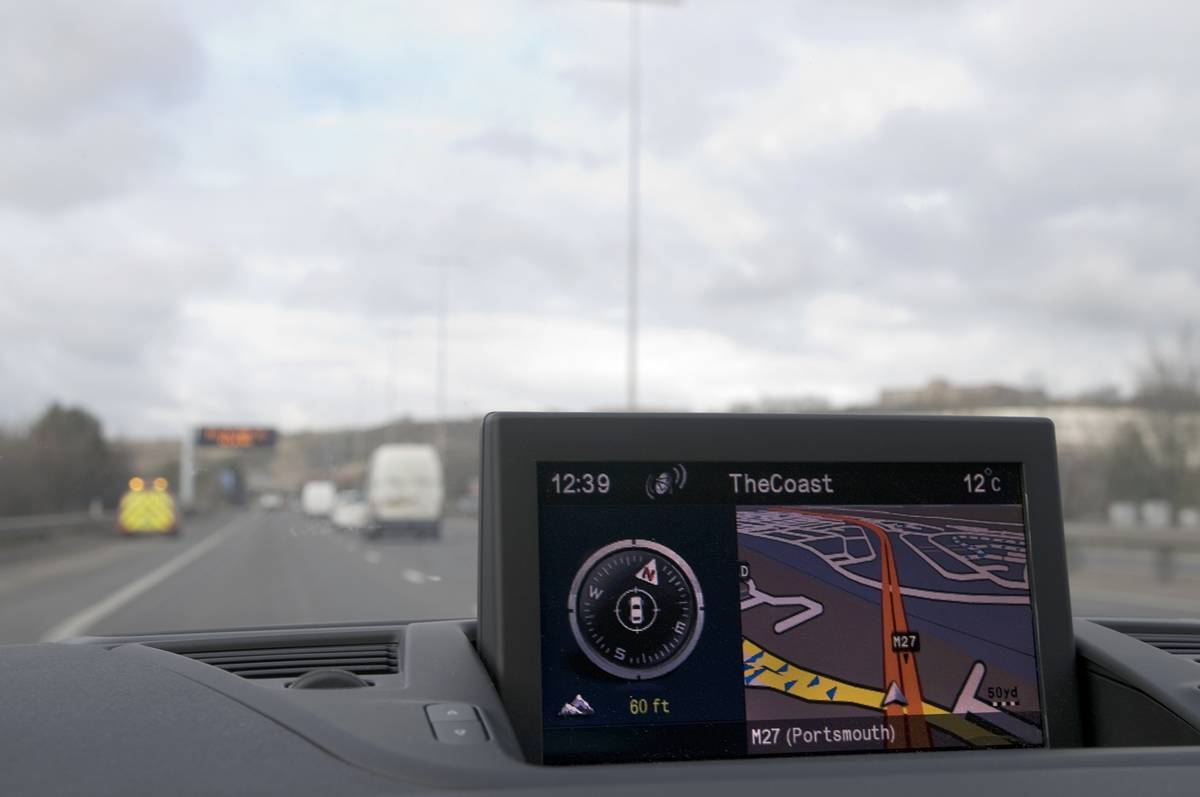
Technological advances have continually shaped the way we travel coast to coast. From GPS navigation systems that guide us on our journeys to electric vehicles that lessen our environmental impact, technology has revolutionized travel.
Innovations such as online booking platforms and travel apps have made planning trips more convenient. These advancements have not only enhanced the travel experience but have also made it more sustainable and accessible for everyone.
The Role of the Travel Industry in Shaping Experiences
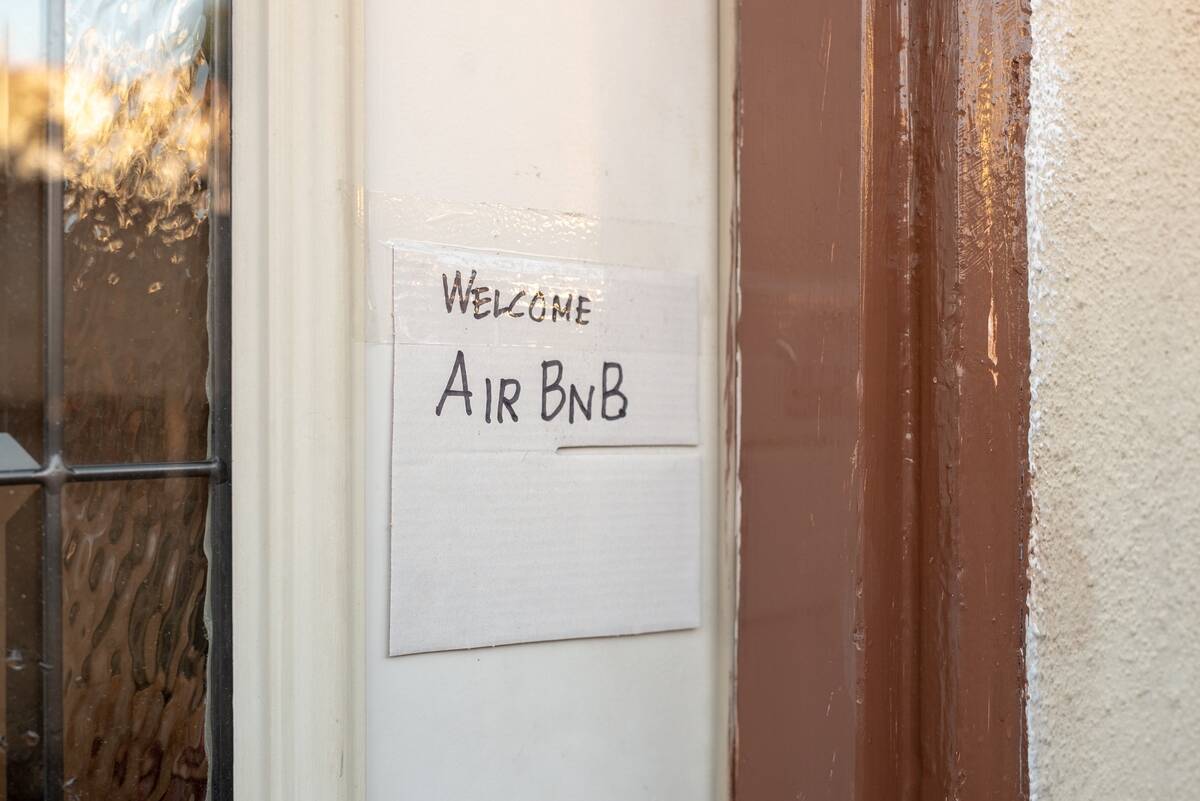
The travel industry has played a significant role in shaping coast-to-coast experiences in America. From travel agencies that curate personalized itineraries to hospitality services that offer unique lodging experiences, the industry has evolved to meet travelers’ diverse needs.
Companies like Airbnb have revolutionized accommodation options, while tour operators provide guided experiences that delve into local cultures. This dynamic industry continues to influence how people explore the vast American landscape.
Popular Coast to Coast Travel Destinations
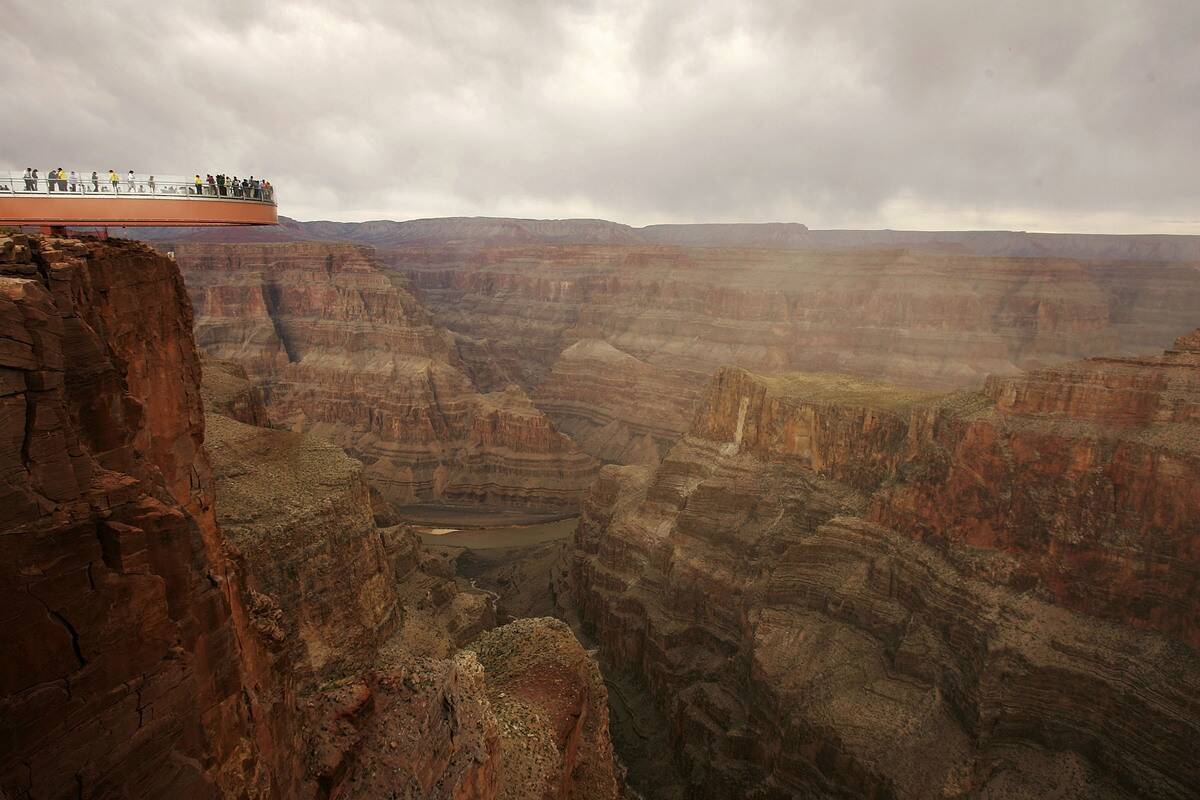
America boasts numerous coast-to-coast travel destinations that captivate the hearts of adventurers. From the bustling streets of New York City to the serene beaches of California, the options are endless.
The Grand Canyon, Yellowstone National Park, and the Great Smoky Mountains offer natural wonders, while cities like Chicago and New Orleans provide cultural and culinary delights. Each destination offers a unique tapestry of experiences that reflect the nation’s diversity and spirit.
The Influence of Pop Culture on Cross-Country Travels
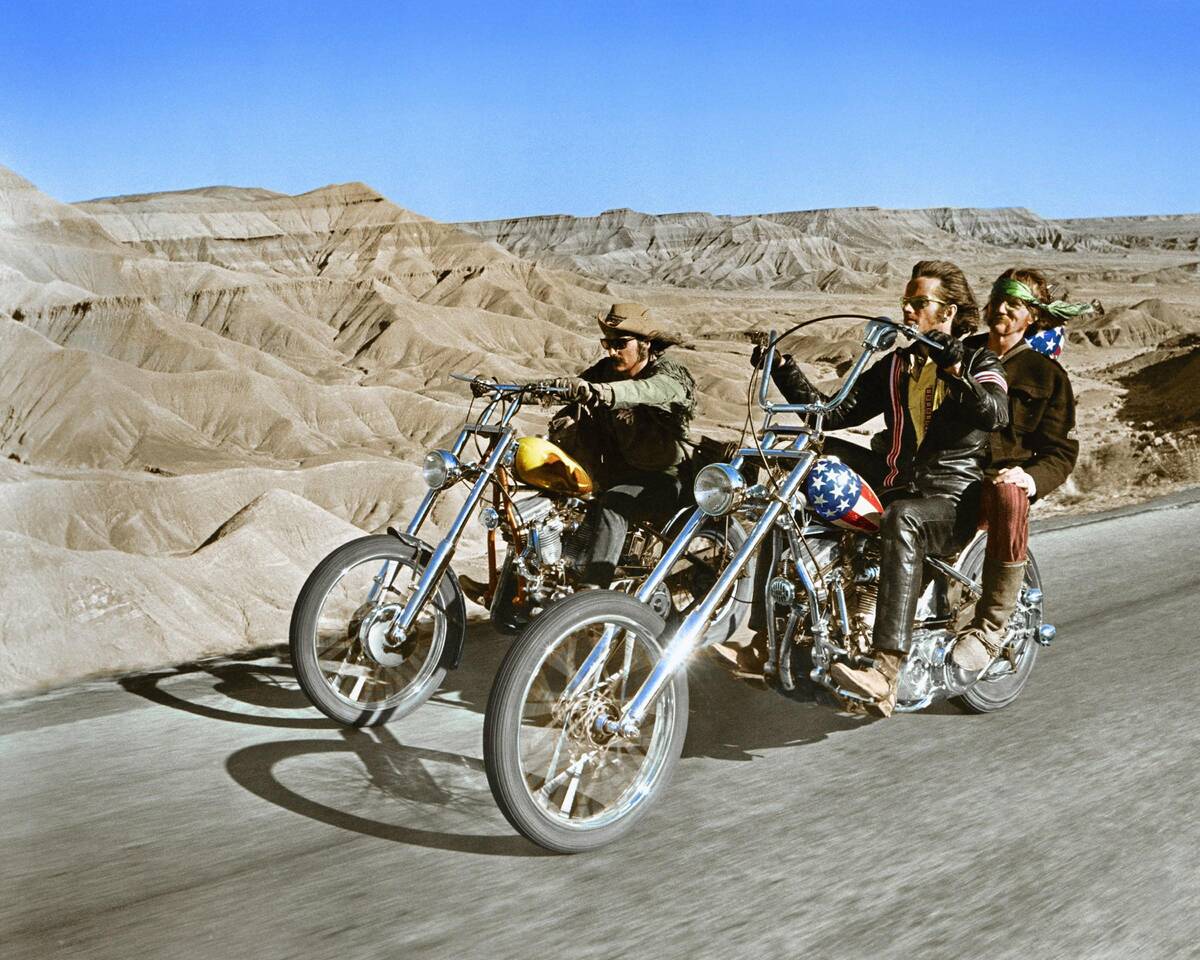
Pop culture has significantly influenced cross-country travels, inspiring countless adventures. Movies like Easy Rider and songs such as On the Road Again have romanticized the idea of hitting the open road.
Literature, from Jack Kerouac’s On the Road to John Steinbeck’s Travels with Charley, has captured the essence of American wanderlust. These cultural touchstones continue to inspire new generations to explore the vast landscapes and stories that lie beyond the horizon.
Environmental Considerations in Modern Travel
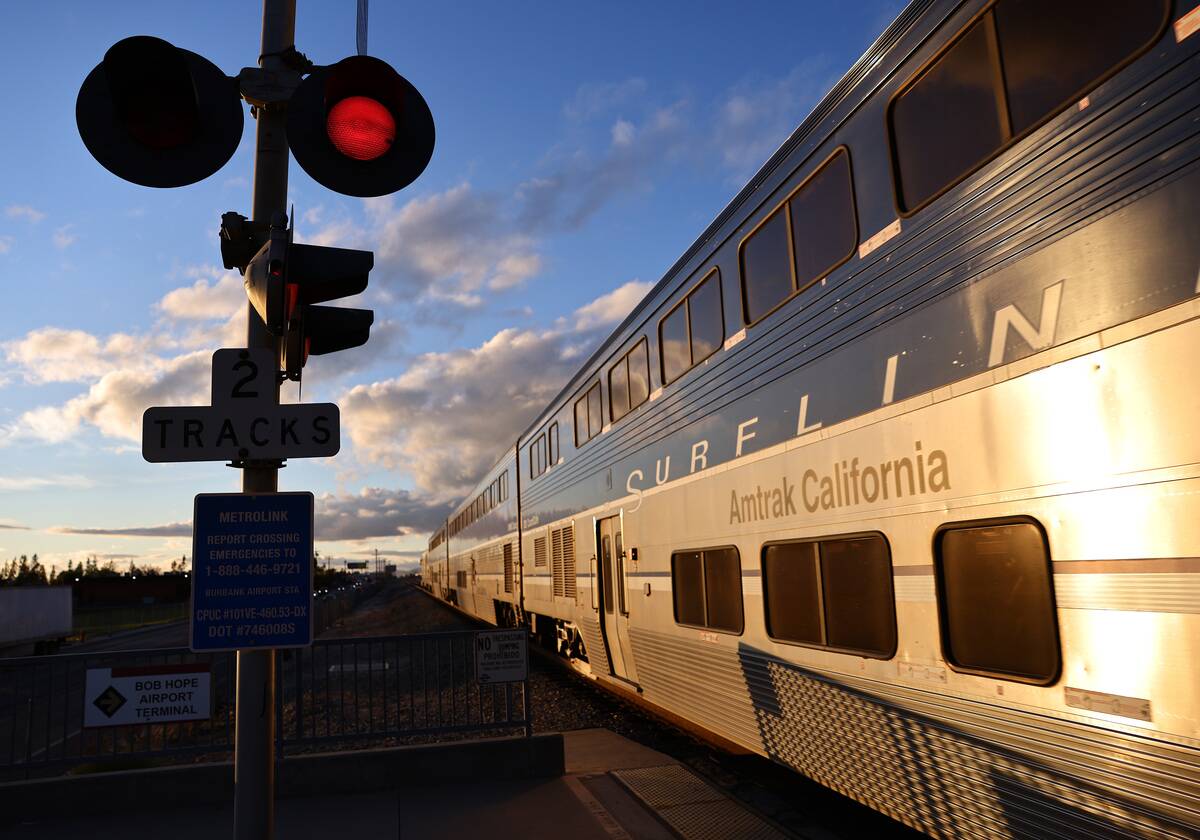
As awareness of environmental issues grows, travelers are increasingly considering the impact of their journeys. Sustainable travel practices, such as choosing eco-friendly transportation and accommodations, are gaining popularity. Many travelers are opting for trains or electric vehicles to reduce their carbon footprint.
National parks and conservation areas are emphasizing responsible tourism to protect natural habitats. These considerations are shaping the future of coast-to-coast travel, balancing adventure with environmental stewardship.



